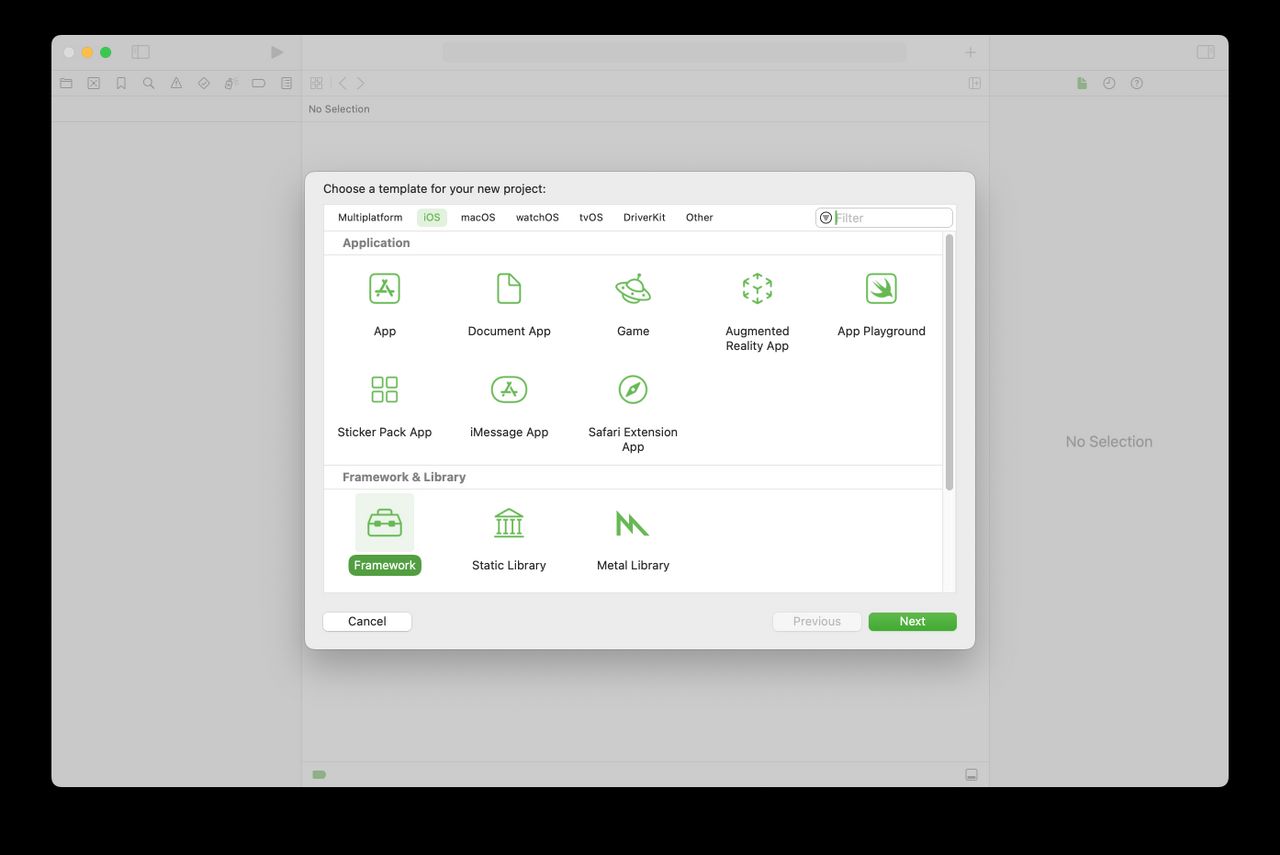
How To Test Swift Packages
Swift packages are a neat and simple way to bundle up and share code. They remove the overall complexity by not requiring an Xcode project but instead

Swift packages are a neat and simple way to bundle up and share code. They remove the overall complexity by not requiring an Xcode project but instead
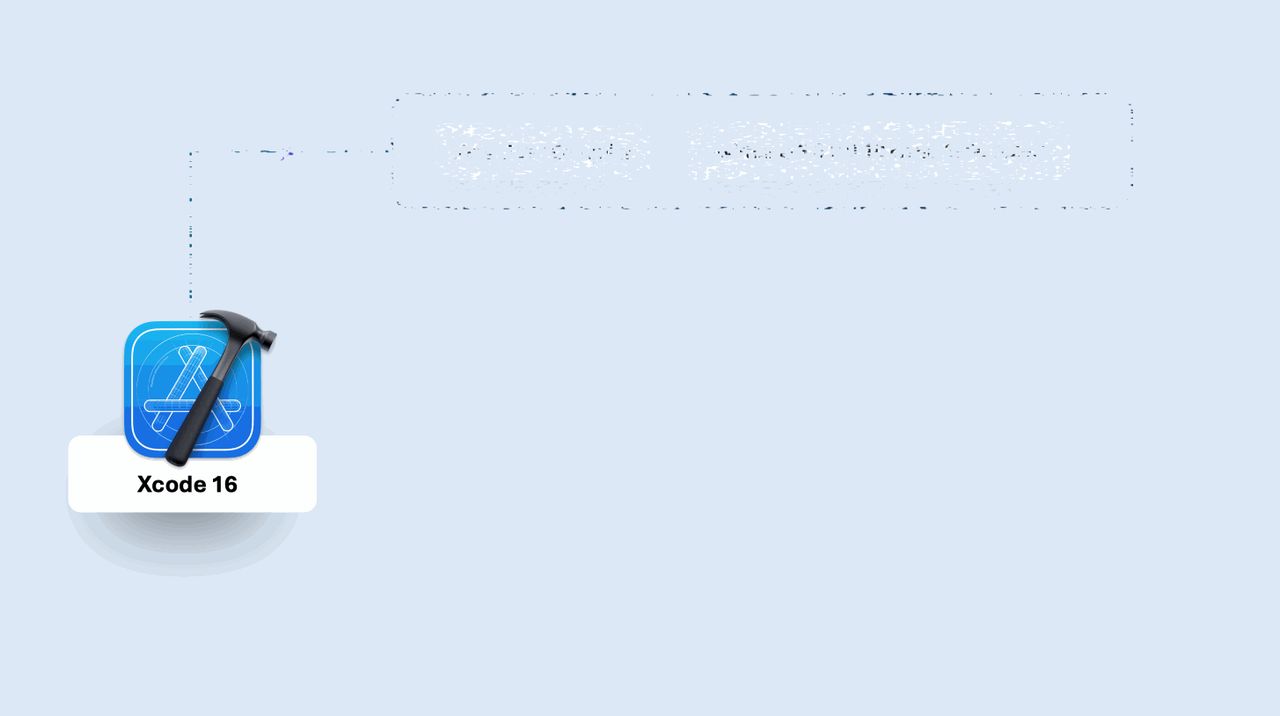
Find out how to enable Swift 6 features and strict concurrency in Xcode 16, and explore Swift Evolution Proposals shaping Swift 6.
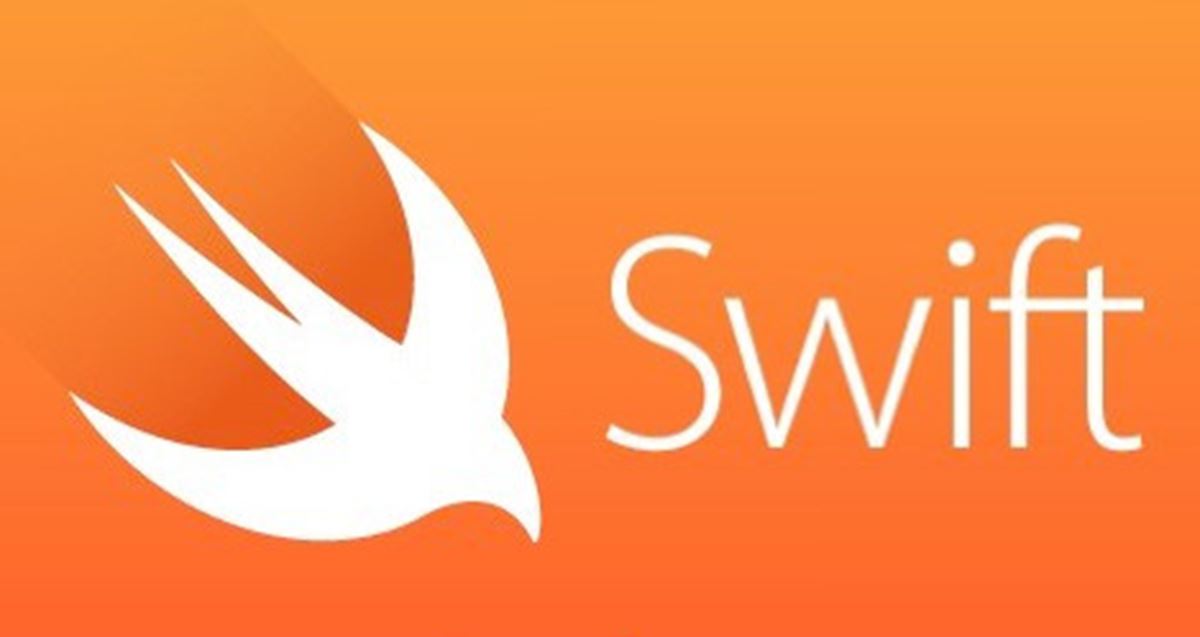
If you’re keen on reading about what’s new in Swift or learn about all the cool things that are coming up, you’re probably following several folks in the iOS community that keep track and tell you…

In this article we’ll talk about managing different Environments using XCode Build Schemes and Configurations
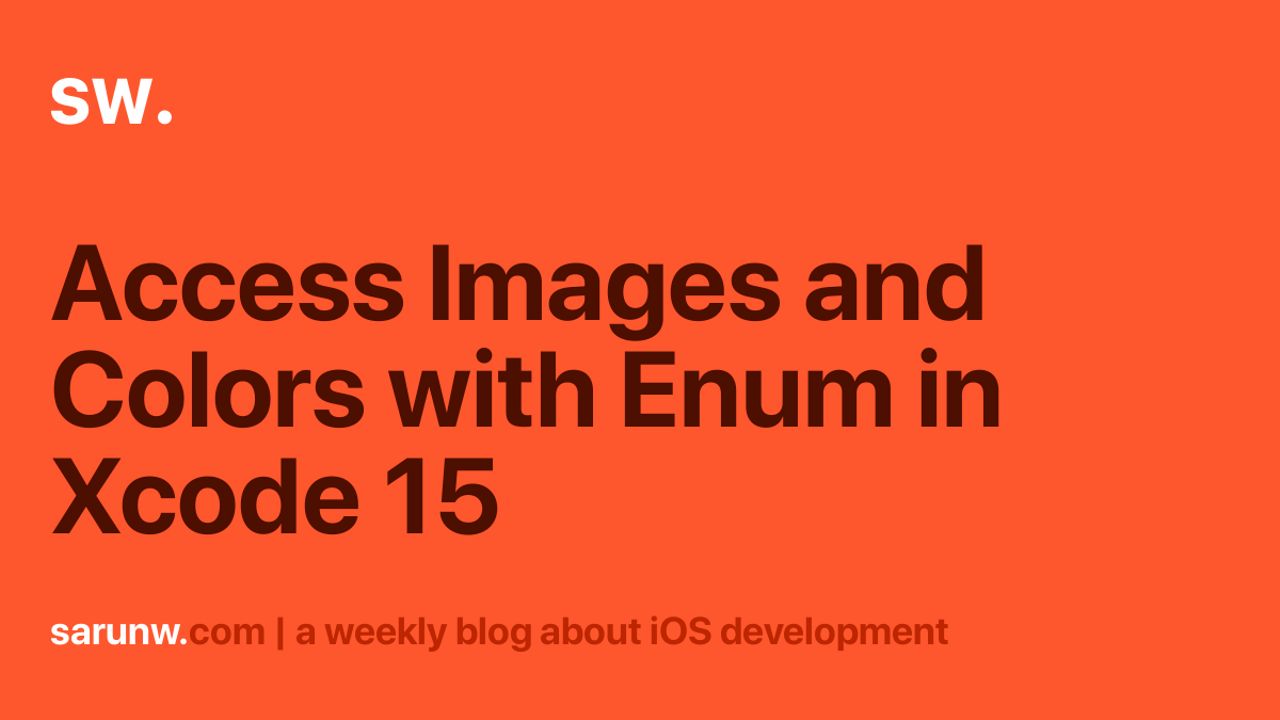
Xcode 15 can automatically create Swift symbols for your resources without any third party. Let's learn how to do it.

One of the exciting frameworks released along with iOS 13 was the BackgroundTasks framework. It allows you to schedule work intelligently in the background. Finally, we can handle background tasks using the SwiftUI app lifecycle. This week we will learn how to schedule and handle background tasks in SwiftUI.

Building Large-Scale Apps with SwiftUI: A Guide to Modular Architecture
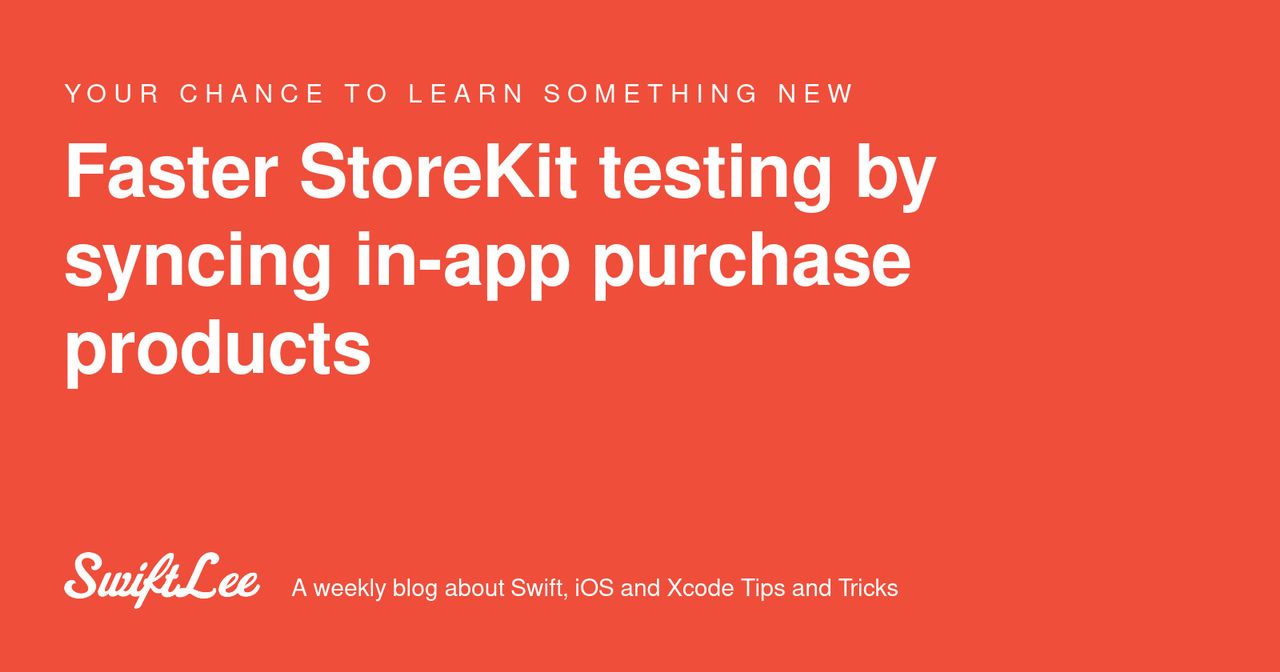
StoreKit testing in the Simulator allows you to speed up testing in-app purchases for your app. You can test in-app purchases in Xcode by generating a StoreKit configuration file containing the available products for your app. You’ll be able to purchase products without connecting to App Store servers, without an internet connection, and you’ll be … →

This tutorial zooms in on an important topic for anyone working with Core Data, faulting. Faulting is a concept that often confuses developer new to Core Data. Before I explain what faulting is, I want to show it to you.

How to build a Swift Package Plugin to automatically generate unit tests from input Swift files.
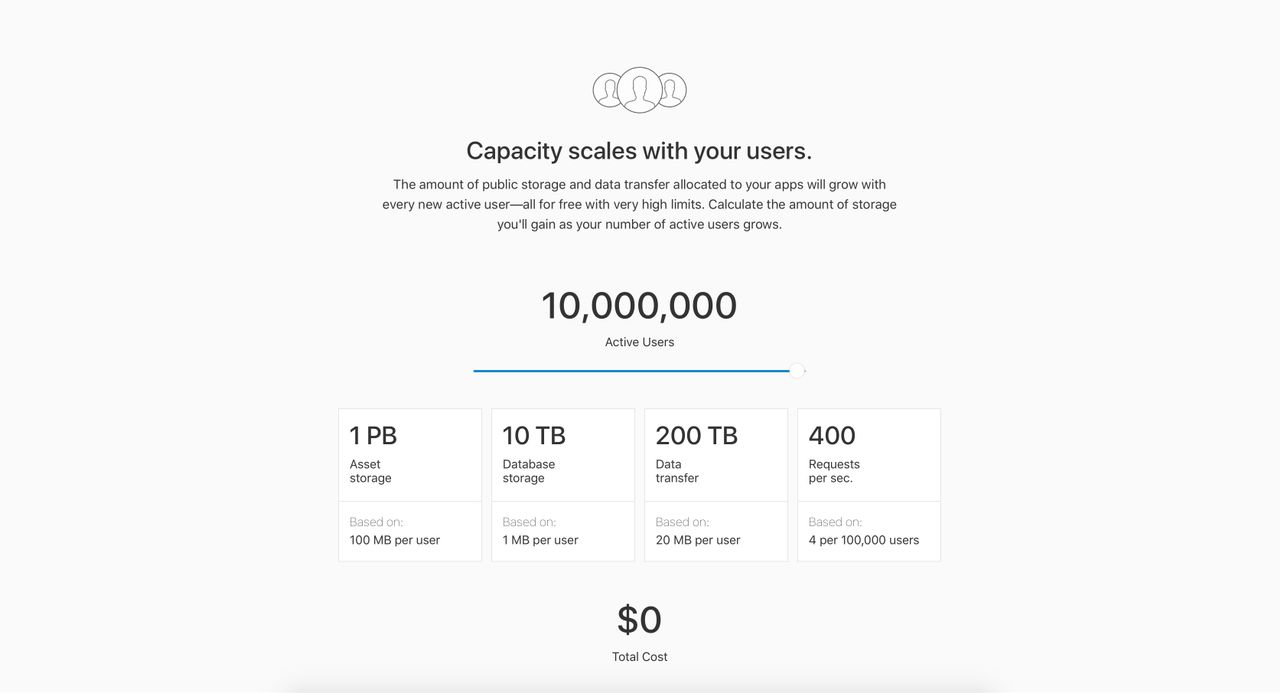
Gui Rambo writes about his coding and reverse engineering adventures.
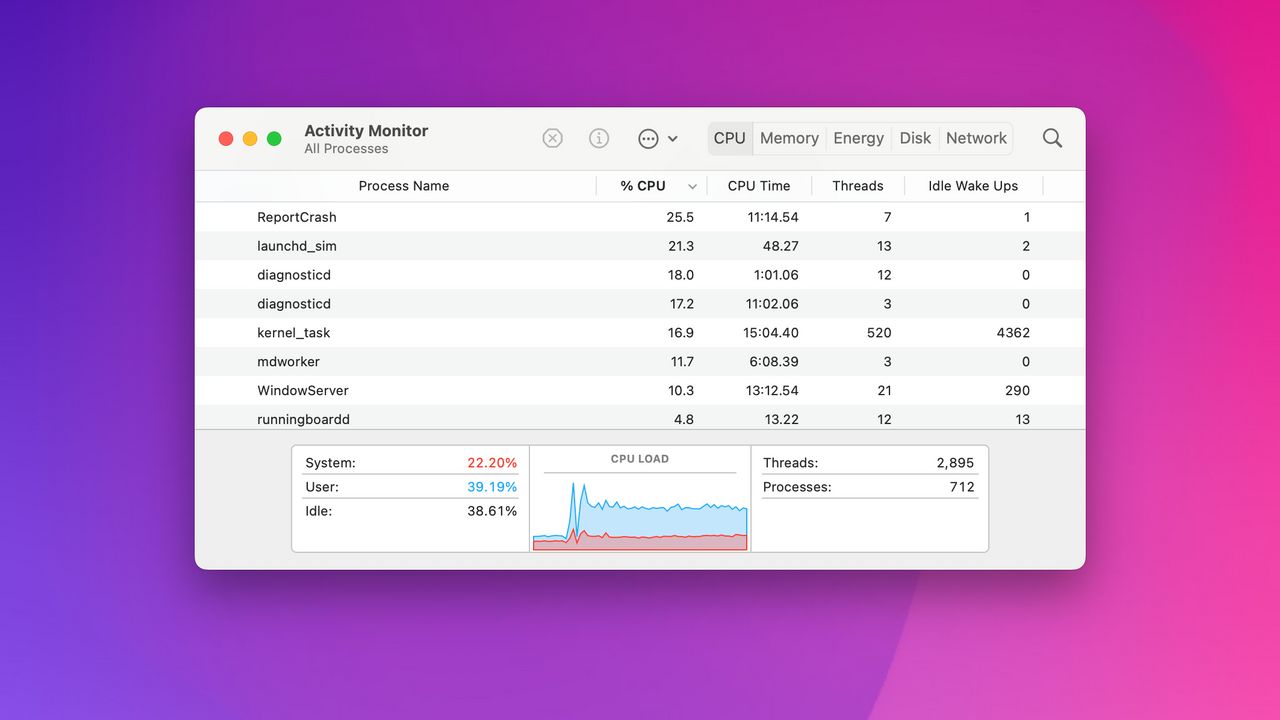
There's a bug in Xcode 14 betas 4-6 that causes your CPU to go crazy and drain your battery. Here's a workaround.

Automate testing, signing, notarizing, and distribution of Indie Mac App DevOps With GitHub Actions
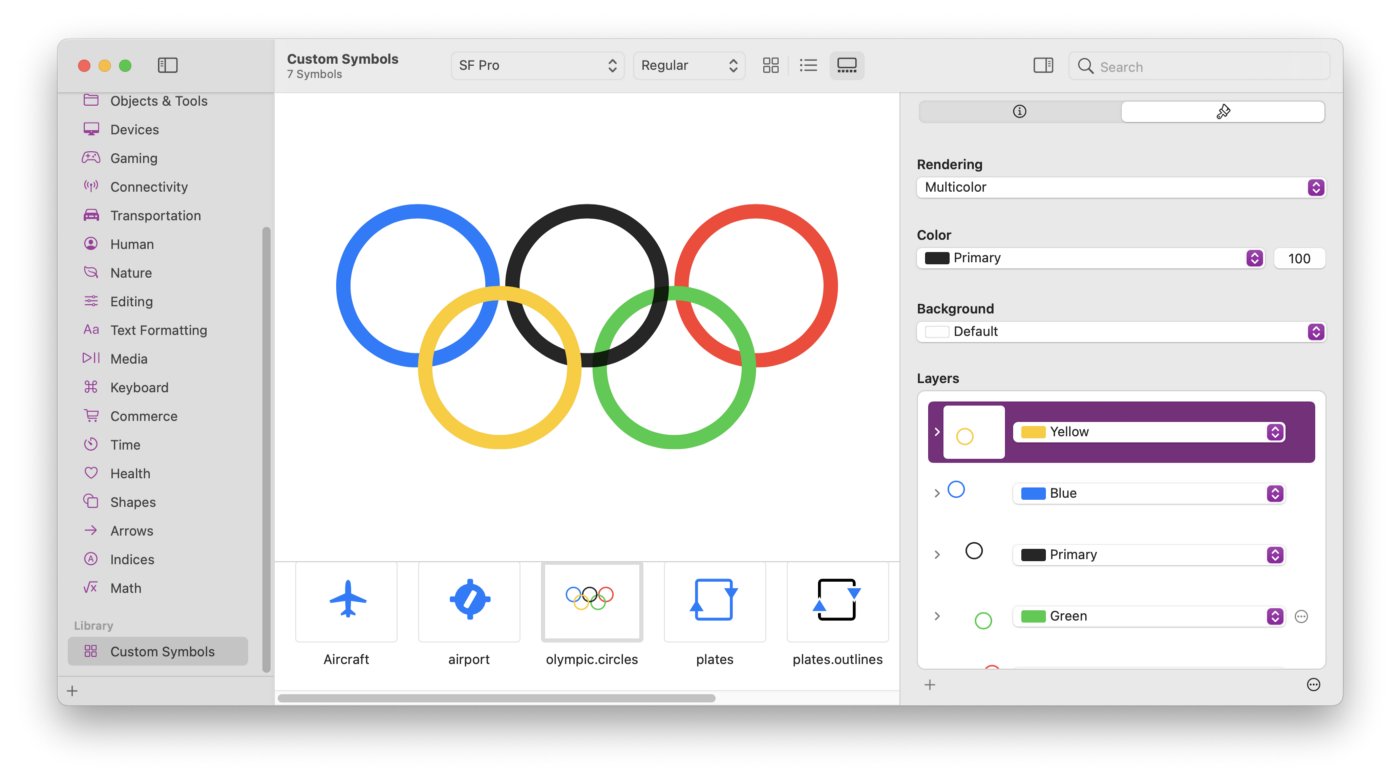
Since Apple introduced SF Symbols in 2019, many product designers for iOS, including myself, have been asking themselves when it will

Explaining the Dependency Injection pattern, by contrasting it with Service Locator. The choice between them is less important than the principle of separating configuration from use.